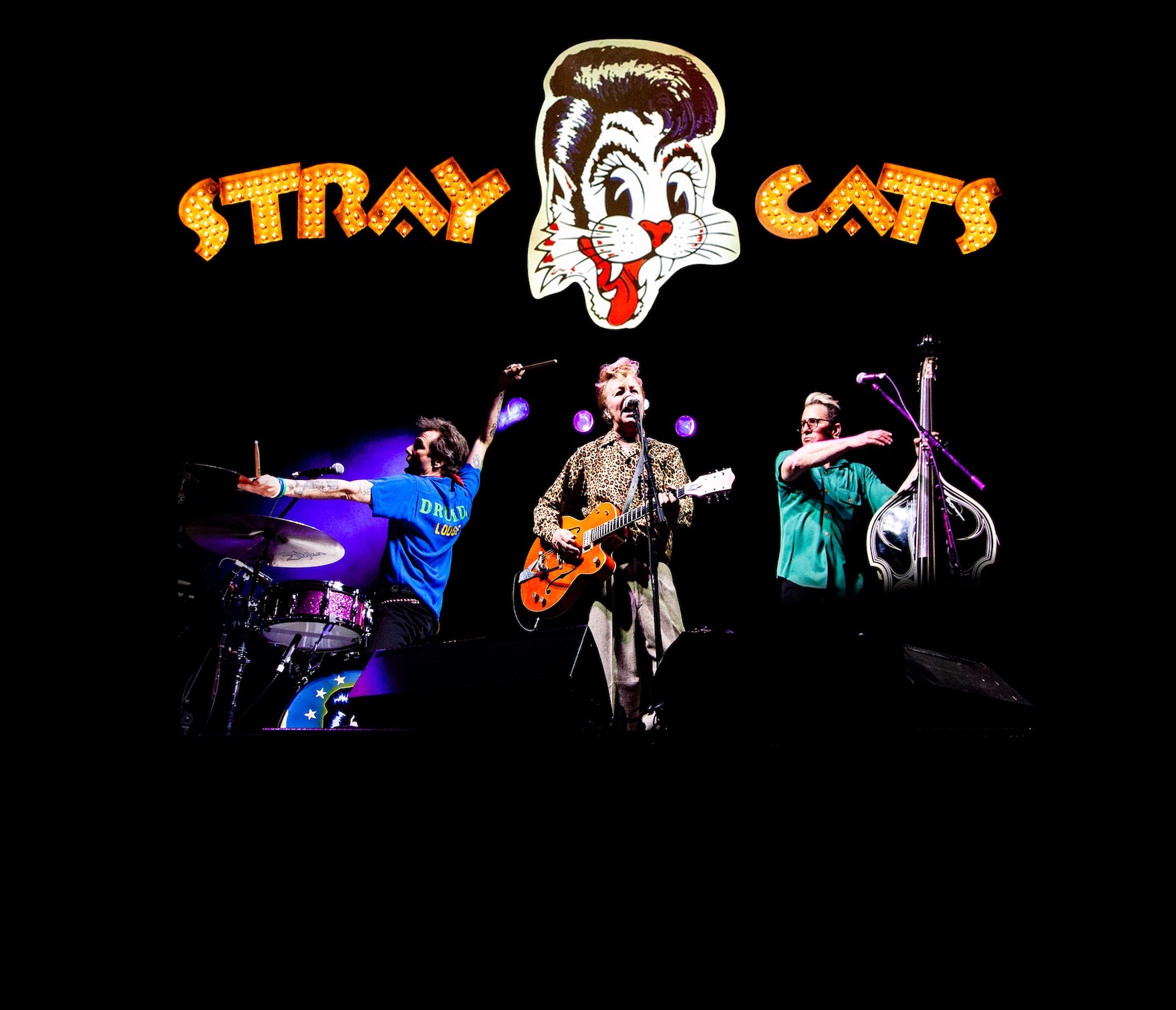Featured News - Current News - Archived News - News Categories
by Kathleen Rooney Communications
If you are among the masses of well-meaning Americans joining a gym or vowing to make use of exercise equipment purchased in the past, it's important not to miss a step by evaluating your footwear and health. The New York State Podiatric Medical Association uses January's annual resolution season as a springboard for reminding the public of the importance of foot health and safety when beginning and maintaining an effective exercise program.
Foot pain is never normal and should be treated by a trained specialist. With rising obesity statistics also comes an increase in diabetes, heart disease and other related illnesses; exercising and maintaining a healthy weight are two preventative measures that require healthy feet.
So, before beginning an exercise program, podiatrist Dr. Robert Russo, president of the NYSPMA, advises to "make sure your feet are fit, flexible and strong." Considering that a 120-pound person walking a single mile exerts the equivalent of approximately 63 tons, which is a force greater than 125,000 pounds on each foot, it's no wonder that foot pain and injuries are so common.
Russo says simple strengthening exercises can help prevent common foot injuries. "Some of the most common foot pain associated with exercise can be avoided by warming up properly and cooling down with basic massage techniques."
Proper fit of shoes is also important. Purchase shoes later in the day. "That's when feet are most fatigued and swollen," Russo said. After purchasing new shoes, wear them at home for a half hour that evening. If there is a problem with the fit, you will feel it and should exchange or return the shoes. Avoid those with a tight fit with the hopes of breaking them in.
A looser shoe is preferable to a tighter one. Shoes and sneakers with laces give the best fit - especially important for people with different sized feet or foot deformities. The widest part of the shoe should fit the widest part of the foot, especially by the ball of the foot.
Once you have the proper footgear, follow these simple foot exercises that can be done at home or at the gym, before you work out:
1. Toe Points - While standing, do toe raises, toe points and toe curls. Hold each position for five seconds and repeat 10 times. This is a perfect way to help alleviate toe cramps and strengthen calf muscles.
2. Toe Squeezes - Place a foam toe separator between your toes and squeeze for five seconds. Repeat 10 times. This is a good strengthening exercise for people who suffer from hammertoes or toe cramps.
3. The Roll - Applying light pressure and rolling a golf ball under the ball of your foot for approximately two minutes creates an instant massage for the bottom of the foot. This exercise is perfect for people who suffer from plantar fasciitis (heel pain syndrome), cramps or arch pain (and it feels great!). If a golf ball is not readily available, any type of small ball will work just as well.
4. Towel Scoop - Place your gym towel on the floor and pick it up by only using your toes. Repeat this exercise five times. Try this if you have hammertoes, toe cramps, pain in the ball of your foot, or for overall strengthening.
Foot Massage Techniques
A foot massage not only helps to release tension in your feet, but also increases circulation and maintains the health of the skin on your feet. The first step to a perfect foot massage is to be sure that you and your partner are sitting comfortably in separate chairs. If you are giving yourself a foot massage, simply lift your foot across your lap to begin.
Next, apply a generous amount of emollient-enriched skin lotion or vitamin E cream to hydrate the skin. This not only moisturizes your foot, but also allows your hands to move smoothly.
1. Warm-Up - To begin stimulating circulation and warming up your foot, hold the foot in your hands. Starting at the top of the foot, begin a long, slow stroking motion with your thumbs, from the tips of the toes, down your sole to your heel and up to your ankle. Retrace your strokes back to the toes and repeat 3-5 times or until the foot feels warm.
2. Ankle Rotations - To loosen the ankle joint and relax your feet, cup the foot under the back portion of the heel in order to brace the foot and leg. Grip the foot with the other hand and turn it slowly at the ankle five times in each direction.
3. Toe Stretch - Grasp the foot at the arch. With the other hand, starting with the big toe, hold the toe with your thumb and index finger and firmly pull the toe, slowly moving and squeezing your fingers up the sides of the toe. Repeat this movement twice on each toe.
4. Arch Release - To help release tension in your foot's arch, hold the heel of the foot and use the other hand to apply pressure. Slide the heel of your hand along the arch from the ball of the foot toward the base of the ankle and back up the sole of the foot. Repeat five times.
5. Cool Down - End your foot massage with the same technique used in the warm-up. Then, remove all excess lotion that may be left between your toes with soap and water and dry thoroughly.
Always consult with your doctor before embarking on any new fitness regimen. To find a podiatrist in your area, visit www.nyspma.org and click on the "Find a Podiatrist" button.
The New York State Podiatric Medical Association is the largest statewide component of the American Podiatric Medical Association and its affiliated national network of certifying boards and professional colleges. Established in 1895, NYSPMA has more than 1,200 members across 13 divisions in New York. Visit www.nyspma.org for more information. The association is located at 1255 Fifth Ave., Manhattan.
•The information included in this article is for educational purposes only. It is neither professional medical advice nor is it intended or implied to be a substitute for professional medical advice. Without exception, the reader should always consult his or her health care provider to determine the appropriateness of the information for their own situation, or if they have any questions regarding a medical condition or treatment plan. Reading the information in this article does not create a physician-patient relationship.





























